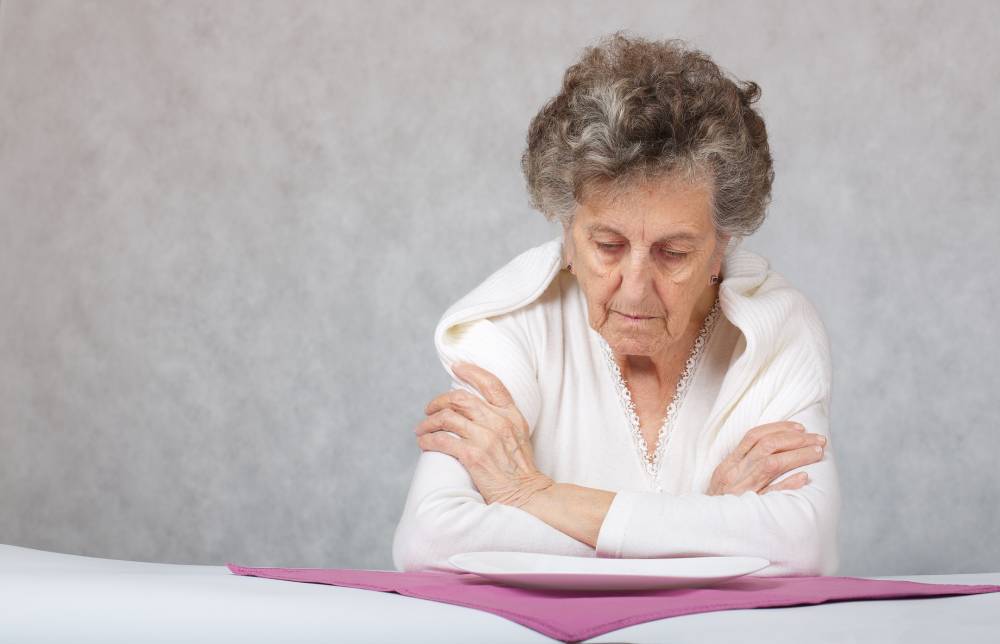
An aged care facility in Lindisfarne, Tasmania, failed an Australian Aged Care Quality Agency audit, according to ABC media reports, but the results of the audit remain unpublished, meaning consumers remain in the dark.
The ABC reported that Queen Victoria Home, Hobart, failed seven of the 44 quality standards – including in matters associated with staffing, behaviour management, home environment, catering, cleaning, and health and safety.
The ABC reported that it has seen the audit report, and that it says residents were sometimes forced to skip meals because of low staff numbers, and others were given meals while they were on the toilet.
The report also noted that residents were left for up to an hour on the toilet.
The report has not been published on either the My Aged Care website or the AACQA site.
Nicolas Turner, chairman of Queen Victoria Care, which manages Queen Victoria Home, said the facility’s staffing levels were adequate.
“QVC provides appropriately skilled and qualified staff sufficient to ensure that services are delivered in accordance with the standards and QVCare’s philosophy and objectives.
“Over the past 12 months QVC has substantially increased staff in line with the care needs of our residents – this has been done in consultation with residents and staff and their representatives,” he said.
The spokesperson from the AACQA confirmed to HelloCare that the Agency did conduct a review audit of the Queen Victoria Home from 12-20 September 2018, but said the report remains unpublished while the provider is given an opportunity to respond.
“Following an audit, the approved provider has an opportunity to respond to the findings before a decision is made to allow for procedural fairness.
“The Quality Agency publishes the final decision and the audit report, following the 14 day statutory period for appeal.
“The published audit report details which of the quality standards are not met.”
At the time of writing, The Queen Victoria Home had not responded to HelloCare’s requests by phone and email for comment.
Turner said that after the audit, QVC was advised that it needed to improve seven of the 44 Accreditation Standards.
“We are obviously very disappointed about the results and want to pass on our apologies to residents and their families if this has caused any concern or discomfort,” he said.
“Aged care is a uniquely human industry and we recognise that on occasions issues due arise.
“QVC is committed to continuous improvement and addressing problems where they occur.
“QVC is working closely with the Agency and the Department of Health, and are already well advanced in implementing a number of actions to address the issues identified.”
Turner said QVC needed to demonstrate by 20 December 2018 that it had met and could maintain the required standards.
“It is our aim to ensure the improvements are in place and maintained as soon as possible and before that date,” he said.
Transparency and timeliness of information are two of the key responsibilities of both the AACQA and the My Aged Care website. The public should be able to rely on these sites for accurate and timely information about aged care providers.
One of the AACQA’s key functions is “publishing performance information on the quality of care and services”. My Aged Care’s charter states it will offer “prompt” services and that consumers can use the site to help them find aged care services to suit their needs.
If information is incomplete or not available on these sites, how can consumers make informed choices about the care they are choosing for their loved ones?
We must ask, when does procedural fairness for providers end, and concern for consumers begin?
Low staffing levels are a ‘hot button’ topic in aged care, with many calling for staff ratios to be introduced, and amid regular reports of staff cutbacks due to financial pressure.
The most recent report by accounting firm StewartBrown, shows that nearly half – 45.1 per cent – of aged care facilities had negative earnings before tax in the 2018 financial year, up from 33.9 per cent in 2017.
With such high rates of financial pressure in the industry, it’s not surprising to see cut backscutbacks occurring in some areas. The question is, how can the industry maintain profitability while at the same time delivering the standard of care we expect for our elderly citizens?
This article was edited on 23 October 2018 to include a comment from Queen Victoria Care.
The image use to illustrate this article does not represent actual events or people.